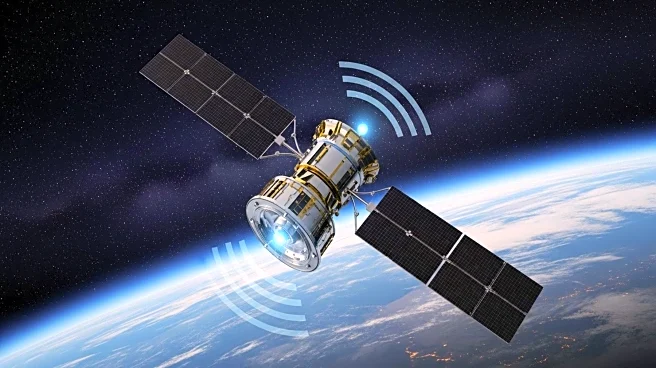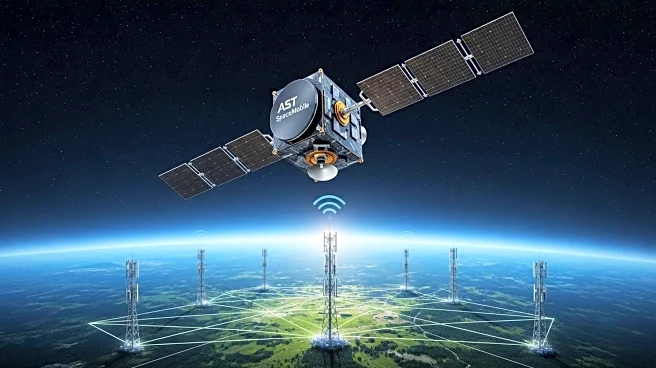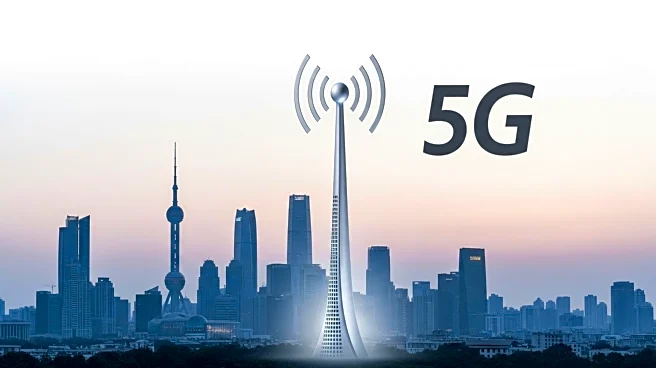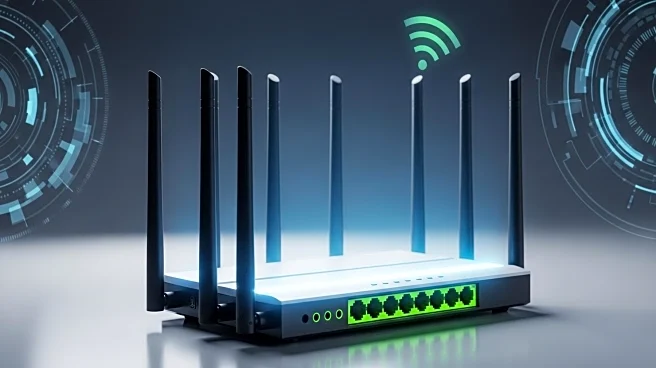What is the story about?
What's Happening?
AT&T has launched its 5G Standalone (SA) network across the United States, marking a significant step in its evolution towards cloud-native operations. Unlike the Non-Standalone (NSA) 5G, which relies on existing 4G infrastructure, the SA network operates independently, offering faster uploads, lower latency, and enhanced edge-based functionalities. Millions of customers are already utilizing the 5G SA network, with further expansion expected as device support increases. The deployment includes the 5G RedCap network, designed for mid-tier and IoT devices, which now covers over 200 million points of presence nationwide. This rollout is part of AT&T's strategic positioning to compete in advanced networking, supported by recent spectrum acquisitions and partnerships with cloud providers like Microsoft.
Why It's Important?
The nationwide deployment of AT&T's 5G SA network is crucial for the telecommunications industry as it sets the stage for future innovations such as network slicing and edge computing. This move positions AT&T to compete effectively against rivals like T-Mobile and Verizon, who are also expanding their 5G capabilities. The shift to a cloud-native architecture, supported by collaborations with tech giants like Microsoft, highlights the industry's transition towards more flexible and scalable network solutions. This development is expected to drive advancements in IoT applications, wearable technology, and industrial equipment, benefiting consumers and businesses alike.
What's Next?
AT&T plans to continue expanding its 5G SA network, with a focus on increasing device support and operationalizing new features like RedCap and edge-enabled applications. The company is also set to deploy additional mid-band spectrum to enhance its 5G fixed wireless access service. As the industry moves towards 5G Advanced and eventually 6G, AT&T's ability to leverage cloud-native agility for service innovation will be tested. The success of these initiatives will depend on the company's ability to integrate AI and software-driven upgrades into its network architecture.
Beyond the Headlines
The deployment of a nationwide 5G SA network by AT&T could have broader implications for the telecommunications industry, including potential shifts in regulatory policies and competitive dynamics. The move towards cloud-native operations may also influence the development of new business models and partnerships, as companies seek to capitalize on the enhanced capabilities of 5G technology. Additionally, the integration of AI into network architecture could lead to ethical and privacy considerations, as data management and security become increasingly complex.
AI Generated Content
Do you find this article useful?













